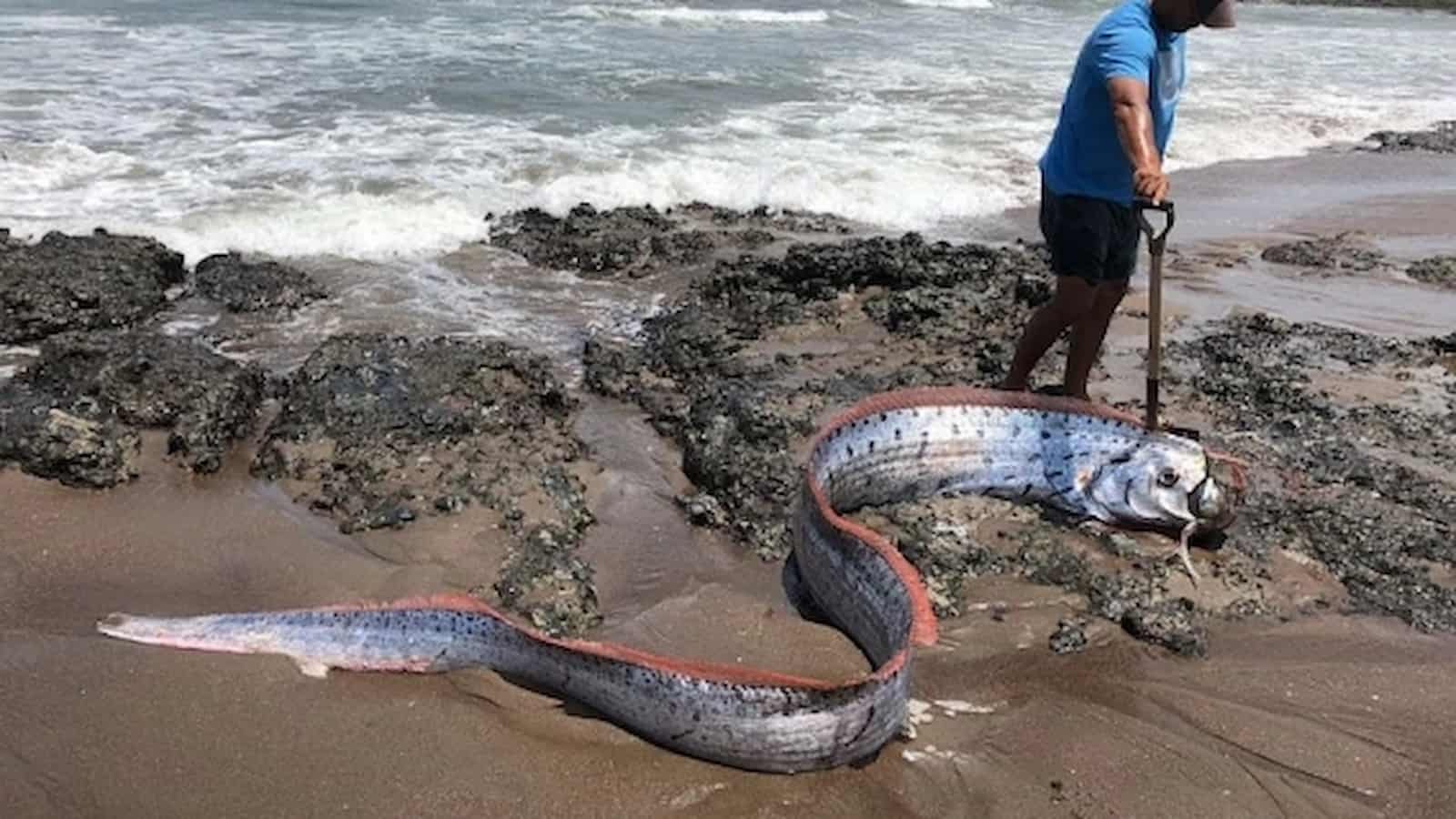Hatch Cover: Maintenance and operation of hatch covers necessitate a deep comprehension of fundamental concepts in addition to type-specific problems and specifications. Based on empirical evidence, hatch cover issues continue to rank among the most common reasons for shipboard mishaps. Wet damage and claims are linked to leaky hatch covers. Pollution, accidents, and fatalities can result from improper upkeep or operation.
Never undervalue the difficulties of a sea cruise. Though they are made to resist the harsh elements of the sea, only well-maintained hatch covers will keep the cargo dry.
These days, a large range of hatch covers are created to meet the needs of particular ships, trades, and cargoes. The types of hatch covers that are most frequently encountered include:
- Folding hatch covers (general cargo and handysize).
- Side rolling hatch covers (panamax and capesize).
- Lift-away type pontoons (container).
What Does a Hatch Cover do?
Hatch covers are installed in cargo holds to keep cargo from coming into touch with the outside environment, which includes air, moisture, weather, and water, as well as to keep it from getting wet.
Maintaining the ship’s watertight integrity throughout all sea conditions is another crucial job of the hatch cover, which it does by preventing water from penetrating the cargo hold and compromising the stability of the vessel.
Maintenance Need for Hatch Cover on Cargo
Cargo hold hatch covers are typically constructed from high-tensile or lightweight steel. To prevent water infiltration, a rubber packing is placed in between them and they are installed over the steel bar of the hold.
Importance of Precautions in Handling Inert Gas System Safeties on Ship
A qualified officer on board the ship is required to execute appropriate routine maintenance, which must comprise:
- Checking the hatch cover and hatch beams for material failure, corrosion, and fractures
- Hold on Maintaining wedges, chains, rollers, hauling wire, and cleats in working order at all times
- Keep all drainage holes free and the hatch cover tops clean.
If you find any cracked or missing gaskets, you need to repair them right away. The new seal must be at least one meter long. - Find and fix any steel-to-steel problems before changing the rubber gasket.
- The class has rules about what kind of rubber seals can be used.
- Lubricate every moving component.
- If the cover is oil-powered, check the hydraulic system for any leaks.
- An oil test for the hydraulic system is required.
- After any significant repairs to the cover and any affected parts, contact a surveyor.
Putting the hatch cover to the test
After a maintenance process, it is suggested to use different methods to check the hatch cover’s watertightness. There are three ways to tell if hold covers don’t let water in:
1. Use a pipe to test the water:
A tip with a 12 mm diameter is used to spray a water jet with a pressure of 0.5 m/s over the hold and cover joint from a distance of 1 to 1.5 m.
The test has some problems, like the fact that it needs two people to take it and the hatch cover has to be empty for it to work.
If the leak is very small, you can’t see it with your naked eye, and you also can’t find it when it’s very cold or below freezing.
2. Examination with ultrasound
Ultrasonic testing is a more accurate way to check if the hold and its cover are waterproof.
This technique maintains an ultrasonic generator inside a sealed, undamaged cargo hold.
The unit’s sensor traverses the whole compression joint; any low pressure location or place identified by the device may indicate a leak.
One of the instrument’s few limitations is that it is typically not kept on board, and doing the test requires a qualified individual.
3. The Chalk Test
The most established or conventional technique for assessing hold cover compression is this one, yet it is unable to evaluate the hold’s ability to remain waterproof.
The steel rear of the hatch is covered with a layer of chalk powder, and the hatch cover is then shut and tightened to its standard settings.
Next, the chalk imprint on the rubber packing is examined to confirm that the chalk marks’ gap indicates a lack of compression point.
SOLAS Safety of Life at Sea: All you need to know!
Errors in the testing and examination of Hatch Cover
Typical errors
- Insufficient knowledge about hatch covers, resulting in improper reporting
- Overestimating the capability of the ship’s crew for repairs
- Omitting to call in specialists
- Overlooking the importance of involving Class when shipboard repairs are carried out on hatch covers
- Improper / temporary repairs by crew
- Missing manual / drawings
- No proper and detailed on-board instructions for maintenance
- Hatch covers not included in SMS and PMS
- Insufficient spare parts
Weather tightness errors
- Ignoring discard / replacement criteria (over-compression)
- Replacing rubber packing without addressing steel-to-steel contact issues
- Installation of backing strips everywhere, even on top of rubber packing
- Mix of new and old rubber
- Using old rubber (from shipboard stock and ignoring shelf life)
- Use of small pieces and filling-in of gaps
- Improper maintenance of seals and rubber channel (painting)
Mechanical errors
- Abnormal sounds / vibration during operation ignored
- No greasing or greasing plan
- Onboard repairs instead of landing panels ashore
- Ignoring safety issues (heavy and moving equipment)
Hydraulic errors
- Cleaning filters instead of changing
- Improper filtering
- Closing covers without using the pump
- Changing of pipes without flushing
- Valve positions incorrect during voyage
- Ignoring leaks and pollution risks
- Ignoring high-pressure risks
The ICLL is the most significant convention concerning hatch covers on ships. Nonetheless, the freeboard is crucial from the perspective of the Loadline Convention since it establishes the ship’s reserve buoyancy and safety. Openings above the waterline are required by the Loadline convention to be weathertight. Rain, sprays, and green sea water cannot enter the ship through these holes. The ICLL mandates that the seals of these weathertight apertures be strong, tight, and structurally solid to avoid water infiltration.
Test the sealing arrangements regularly to make sure everything is working properly. Furthermore, visually verify the hatch cover construction and securing arrangements to make sure everything is in working order. To ensure that hatch coverings are weathertight and will stay so for the duration of the journey, a test and a visual examination are required.
11 Points For Ensuring Safe Helicopter Operations On Ships
In most cases, an adequate hose or ultrasonic test will demonstrate that the hatch covers are in working order. It is imperative to conduct a comprehensive visual examination to ensure that the hatch covers’ ability to seal well is preserved during the journey. Examine every component—such as bearing pads, locators, stoppers, cleats, and drains—that helps to preserve a tight seal in accordance with industry best practices and manufacturer’s recommendations.
Safety barriers in hatch cover design
Even in these dire circumstances, ships must adhere to the ICLL’s requirements for watertight integrity to prevent water from penetrating the holds. Manufacturers install drain systems (see figure), which are composed of a:
- Above the packing rubber/compression bar contact at cross joints is drain channel “A.”
- Underneath the packing rubber/compression bar contact is drain channel “B.”
Water is quickly removed from the inter-panel void space via drain channel A. Incoming water that escapes through the rubber/compression bar interface is removed via drain channel B, preventing water from spilling into the hold. A small amount of water that has gathered in the drain channels during severe weather may flow into the hold from the drain channel’s edge.
The steel plating on the hatch lid keeps most of the water out, even though the rubber packing and drainage are also crucial. It is critical to evaluate the panel (and coaming) plating’s structural integrity and state. The three safety barriers that are in place to lower the risk of water intrusion to manageable levels are the steel plate, sealing system, and drain channel.


